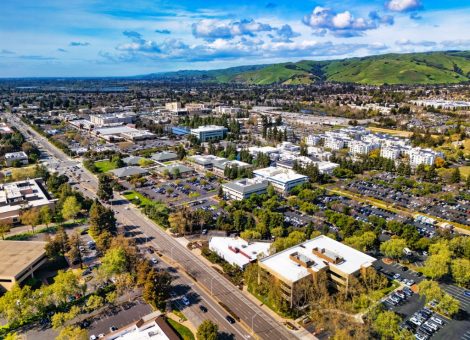The value of refreshing your customer profiles
Many of our clients leverage their customer and loyalty data with segmentation analysis. Briefly, when appending customer information to a lifestyle segmentation dataset, companies can determine which segments shop and spend the most at their stores and online. This is also widely known as ‘psychographics’.
For many companies, this analysis lets them understand how their online shoppers behave and consume their offerings differently than their typical in-store consumers. Some can extend these insights to customers who buy online for store pickup, and what items they were able to upsell when at the physical store.
All this data can be leveraged with lifestyle segmentation to gain far deeper insights into customers. Which segments shop your products/services most often? Which spend the most money and on what items?
Lifestyle segmentation after the COVID-19 pandemic
How much is the average upsell at stores for each segment? With the pandemic’s influence shifting so many sales online, having insights into how those segments’ behaviors are changing is critical to omnichannel success now and in the future.
A study by ICSC Research found that 70% of consumers like the changes in online purchasing and hope they remain. Our ways of shopping have likely changed forever. If your customer segmentation profile was last done before or at the early stages of the pandemic, it’s likely your insights are not fully capturing the extent to which purchases moved online.
Shop online with home delivery, order with curbside pickup, and order online and pick up in-store, have all grown significantly in the past year. Understanding which lifestyle segments prefer which model, and how to maximize revenue from that stream, is a powerful insight.
Why now’s the right time to analyze strategy and occupancy
At Kalibrate, we expect many retailers are reassessing their brick-and-mortar footprint by leveraging updated segmentation data to calibrate strategy and optimize store size.
Occupancy is one of the largest expenses to the P&L, so updated consumer insights are critical to renewal, relocation, and new site decisions. For many, traditional means of modeling are out the window at this point. There’s no true sales data to model from and no certainty of what’s on the horizon.
Segmentation data provides valuable insight that can mitigate some risks associated with real estate and portfolio decisions while offering simple levers to pull that could impact the P&L.
Whether this is to change SF allocations to include more ship-to-store options, last-mile delivery from the store, or an expanded store count of smaller footprints, understanding how to best engage your customers now and in the future should be a focus of retail executives everywhere.
The investment in refreshing this data is seemingly insignificant when weighed against the benefit of remaining competitive and gaining significant advantages by understanding how customers’ spending behavior has changed.
If you have solid customer data and haven’t recently completed a customer segmentation analysis, you’re sitting on a potentially lucrative untapped resource.
How to use lifestyle segmentation data
Kalibrate regularly performs lifestyle segmentation analyses for our clients. We can append spending details to go beyond traditional segmentation and dive into a propensity to spend by core segments. If you would like any information, insights, or best practices on how to do so, reach out to Kalibrate for more details.
At Kalibrate, we start with our client’s proprietary data – usually, they have much more than they expect, but it’s not centralized in a way to provide actionable insight.
Once you begin to collate your data alongside third-party sources available on the market, you can have far greater confidence that your rightsizing decisions will deliver on your goals.
If you’d like to know more, reach out to speak to a member of the Kalibrate team.
Read more articles about:
Location intelligenceSubscribe and get the latest updates
You may unsubscribe from our mailing list at any time. To understand how and why we process your data, please see our Privacy & Cookies Policy
Related posts
Location intelligence
The Kalibrate news round-up: November 2025
In this monthly feature, we look across the industry and mainstream news to uncover stories of note that we think are...

Location intelligence
A guide to data centralization in retail real estate
Data centralization gives retail real estate teams a single, reliable source of truth, improving site decisions,...

